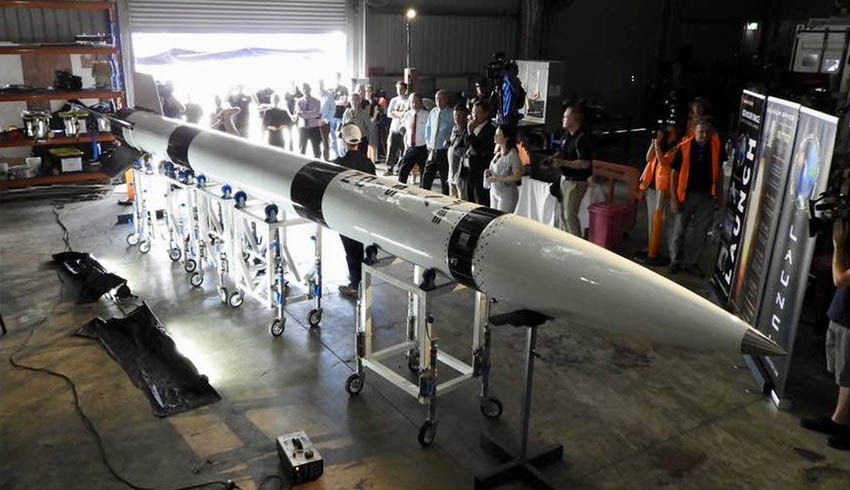The five-year agreement will include a range of projects aimed at increasing Australia’s LEO satellite capability by undertaking research and development for aerospace applications towards the development of small satellite prototypes.
Vice-chancellor and president Professor Carolyn Evans said the partnership would offer significant benefits: "By entering into this MOU with Gilmour Space, we will be helping to create the jobs of the future by delivering world class capability hand-in-hand with industry, in this exciting and growing market.
"One of the most exciting elements of this partnership will be the development of a prototype 100 kilograms satellite for improved Earth observation by, for instance, utilising LEO satellites in disaster management applications, mining operations, thermal mapping of fires, reef and flood monitoring, land use and urban planning."
Deputy vice-chancellor research Professor Mario Pinto said there would be a range of cutting-edge research and development opportunities as a result of the partnership.
"We envisage undertaking R&D on materials, advanced manufacturing methods, components, sensors and IT systems for aerospace applications, including light-weight alloys, incorporated in on-board satellite IT systems for telecommunications, data processing and analysis, and spacecraft data and metadata management,” Professor Pinto explained.
Griffith will also join forces with Gilmour Space on a Collaborative Research Centre project (CRC-P) to develop composite rocket fuel tanks for low-cost space transport. As the research partner in the CRC-P, the university will assist Gilmour Space to complete its previously announced project to manufacture lightweight rocket fuel tanks.
Gilmour Space CEO Adam Gilmour said the company was excited to partner with the university on these opportunities: "This project is about demonstrating to Australia that we can build and launch a significant-sized satellite with significant capability. It’s also about working with local partners like Griffith to educate the next generation of space engineers who take us to orbit."
The consortium, which includes Etamax Engineering and Northrop Grumman, will manufacture composite tanks up to two metres in diameter and trial them in rocket flights, in a bid to reduce weight, increase reliability and achieve cost savings.
"Queensland has a lot of talent in this space. Griffith is pleased to be able to assist Gilmour Space in bringing this project to fruition and making it a reality. Now is the time to create the future," pro-vice-chancellor sciences Professor Andrew Smith added.
Chris Deeble, chief executive of Northrop Grumman Australia, added, "Northrop Grumman is proud to support collaboration with academic institutions like Griffith University and innovative Australian companies like Gilmour Space in building sovereign space capabilities in Australia."
Professor Paulo de Souza, head of school, School of Information and Communication Technology, who has worked with NASA on the Mars rover projects, said a Space Tech Lab is currently being built at Griffith’s Gold Coast campus, offering dedicated facilities for researchers and Gilmour staff to work collaboratively.
"Aerospace capability is in deep need right here in Australia, for defence, disaster management and environmental observations. We are relying too much on a few companies and legacy systems for critical capability to keep Australia safe," Professor de Souza said.
Professor de Souza joined Griffith in late 2019, having previously been the CSIRO’s chief research scientist. While completing his PhD, Professor de Souza contributed to the design, production, deployment and operation of sensors that was used by NASA aboard two of its Mars rovers, Spirit and Opportunity.

